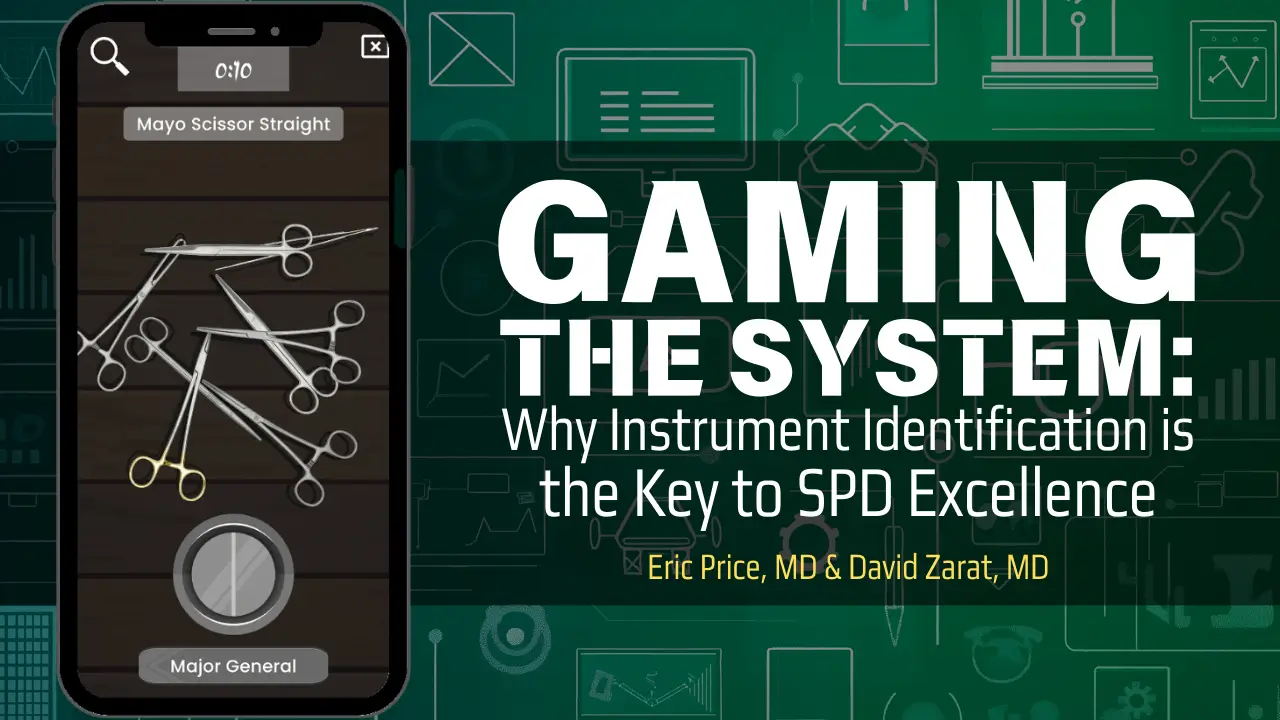(Enjoy this guest blog from recent Beyond Clean guest, Eric Price, MD and David Zaret, MD, creators of ORninja – a modern, gamified, mobile-first platform that teaches the language of surgery, instruments, and medicine. You can listen to the podcast episode here.)
Ten years ago…
“Endobutton depth gauge, please.”
Extra-long, uncomfortable pause. “I’m sorry, but we don’t have it.”
The Endobutton depth gauge is a critical, unique, non-substitutable instrument necessary to complete the ACL reconstruction I was performing.
After frantic searching, the OR staff found one, but they had to sterilize it for 45 minutes while my patient was still under anesthesia.
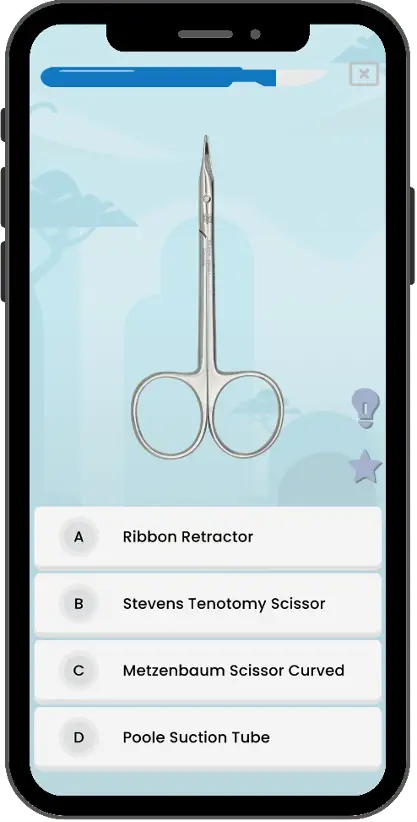
If you’ve been in the operating room long enough, you’ve been involved in a situation just like this. A lot of things that happened upstream that could have prevented this downstream problem. The two biggest challenges that face SPD, or anyone who’s handling instruments and trays, are instrument recognition and tray accuracy. Everyone along the chain should have been checking that tray, starting from the SPD tech to the scrub tech to the circulating nurse to the sales rep and ending with me. I learned a lot from that incident and haven’t had a problem like that since.
SPD technicians are the unsung heroes of the operating room. And just like in any other field, the achievement of mastery takes a long time. There’s so much to learn, and the tools we use to teach are outdated. The current method of training is basically “Death by PowerPoint.” PowerPoint presentations, videos, and desktop modules are the norm but do a very poor job of generating any retention. They are marginally effective at generating recall, meaning 30 to 60 minutes later, I’ll remember some of the details of the video I just watched. But three weeks later, it’s as if I never watched it. How can you accurately load a tray if you don’t know the names of the instruments that you’re loading? More importantly, so many instruments have twin sisters. If you have a poorly trained SPD tech, what’s to stop them from confusing one twin for another? And then I end up getting the wrong instrument in my hand.
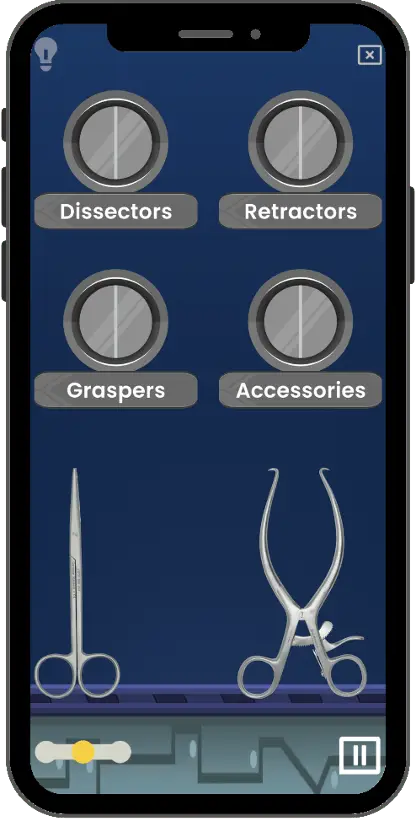
And then… problem, maybe even disaster. Many of the instruments in orthopedics have some form of a Home Depot equivalent, but they still have unique names and a lot of look-alikes. Currently, there are no modern, mobile-first platforms available to teach this unique knowledge base.
The most effective teaching results in retention – you’ll remember this in the far-off future. It will be sticky. It won’t be boring. It won’t be annoying. It won’t feel as taxing as training usually feels. If you are lucky, it will be fun. The use of gamification to teach instrumentation is vastly underutilized in our current training process. To be clear, gamification is the use of elements like points, badges, streaks, and leaderboards that are injected into an educational platform, making it fun, habit-forming, and sticky. And the reason these game elements work is because of a little release of dopamine into your bloodstream when you’re engaging with them. Dopamine is massively addictive and is used to shape behavior. Nobody gets any dopamine from a PowerPoint or a video, but if you use a mobile-first platform that delivers bite-sized lessons that are interactive and fun, you will deliver dopamine to the student. Then they will come back and repeat the lesson over and over (in search of more dopamine) and be on the path to retention instead of just recall.
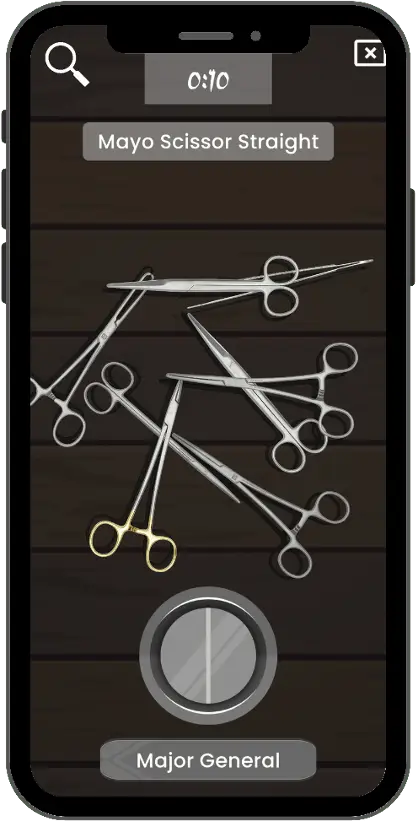
The impact of a modern training platform is enormous. You shorten the time to mastery so you can have an independent worker more quickly. You will likely have a happier worker because they have mastered their knowledge base in an efficient, fun, unique, and modern way, and therefore we’ll be less likely to leave. You will also get incredibly granular data about your workforce’s knowledge base. You can use this data to decide how you train them and where you focus your efforts. Each trainee can have a report card that tells the teachers what instruments they know and what they don’t. The teachers can then use this to create personalized training to fill any knowledge gaps quickly instead of figuring out after they’re independent that there are knowledge gaps. You can also use trends across the organization to decide how you are losing money. Millions of dollars are lost because of lost and confused instruments, and you can use the data about performance errors to figure out where this loss occurs. You don’t get any data from a PowerPoint or a video that you present to your workforce. You just get a yes or a no as to whether they did or did not complete the requirement. You can’t learn enough about what they do and don’t know and where you can fill knowledge gaps and save money. However, a modern, gamified platform will accelerate the path to mastery as well as generate priceless data about where administrators should focus their time and efforts.
Here is what a modern, gamified teaching system looks like:
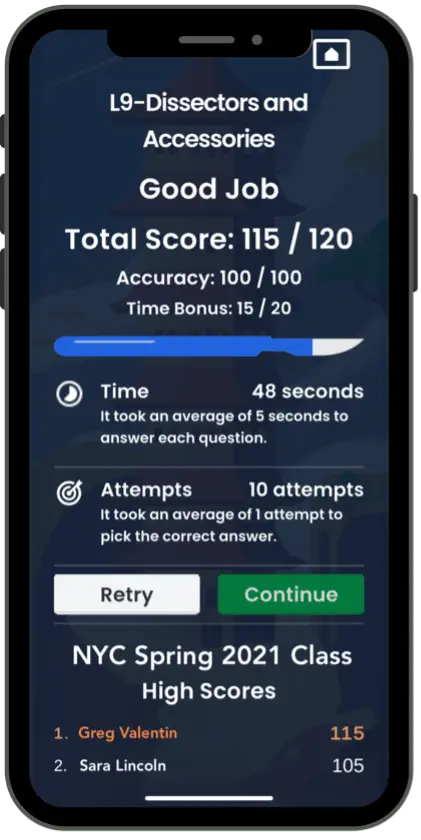
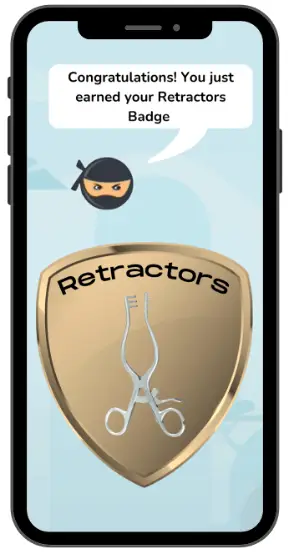
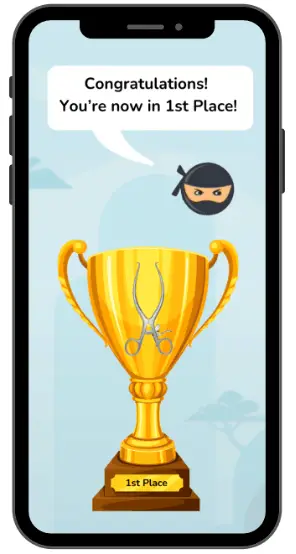
The Administrative portal provides rich data about performance to allow for personalized training. This is just one example of data displayed. You can also learn which instruments each group of students struggle with and which instruments get confused with each other.
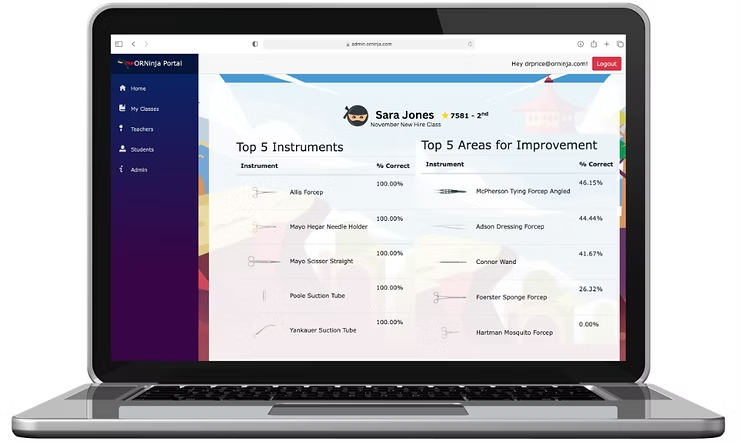
Editors note: What stands out to us in this article is their emphasis on retention over recall – a distinction that carries significant implications for patient care and departmental efficiency in Sterile Processing. Their discussion of dopamine-driven learning presents an intriguing framework for reimagining how we approach technical training in the SPD environment. While PowerPoint-based training has been our industry’s standby, Price’s mobile-first, game-based approach offers promising solutions for both accelerating competency and generating actionable performance analytics. For SPD leaders looking to elevate their training programs while addressing instrument identification challenges, this article provides valuable insights into next-generation educational tools.
If you would like additional information about gamification or anything discussed in this article and/or podcast interview, please contact Dr. Price at [email protected] or feel free to call or text him at 516.306.6061

